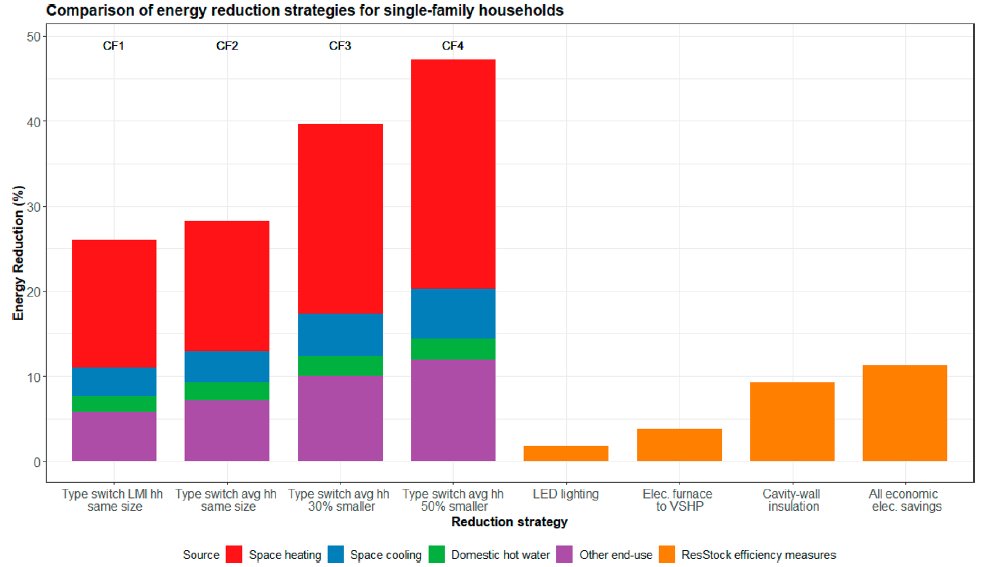
In our paper just published in @EnvSciTech, with @EdgarHertwich & Ken Gillingham, we show implications of US federal housing/tax policies on single- and multifamily housing supply, with implications for residential energy and emissions, a🧵doi.org/10.1021/acs.es… #housingtwitter
@EnvSciTech @EdgarHertwich 2/ We look for effects of three federal policy changes affecting housing supply, the public housing moratorium in 1973, Tax Reform Act 1986, and Financial Institutions Reform Recovery and Enforcement Act on the single/multifamily share of new housing 

3/ In short, the PHM stopped federally funded construction of new public housing, TRA 86 reduced the tax benefits of investing in multifamily (wrt single-family), FIRREA 89 made mortgages much more expensive for multifamily than single-family
4/ Controlling for mortgage rates, GDP, population growth, and seasonal effects, we estimate largest effect of the PHM (increased single-family share of new housing by 18%), and smaller but notable effects of TRA and FIRREA (each increased single-family share ~5%)
5/ In a counterfactual without the sequential implementation of these three policies, we estimate that by 2015, 14 million housing units could have been built as multifamily rather than single-family
6/ We next estimate effects of house type and age on energy consumption for space heating and cooling, water heating, and other end-uses; controlled for household income/size, climate, floor area. (Older) single-family show far larger energy use, especially for space heating 

7/ Combining our housing supply and energy demand models, we estimate that in the policy counterfactual, total US urban residential energy demand would have been lower by 5-8%, or 27-47% per household. The range is defined by reductions in house size of 0-50% if switching SF->MF 

8/ (That is, even if households lived in a multifamily rather than single-family home, but had the same amount of floor area, household energy demand would still be 27% lower). Estimated GHG emissions reductions are of similar magnitude
/9 How do we interpret these results? Policies with preferential treatment for single-family over multifamily homes are at odds with climate mitigation targets.
10/ “Concrete steps that can be taken at the federal level to support multifamily housing include equalizing federal taxes and subsidies for owned and rental housing, and equalizing access to finance for multifamily and single-family investors.”
11/(End) A pro-climate housing policy may even decide to encourage rather than suppress multifamily housing supply.
Our paper is #openaccess. If it’s interesting or relevant for you, please check it out!
doi.org/10.1021/acs.es…
Our paper is #openaccess. If it’s interesting or relevant for you, please check it out!
doi.org/10.1021/acs.es…
• • •
Missing some Tweet in this thread? You can try to
force a refresh


